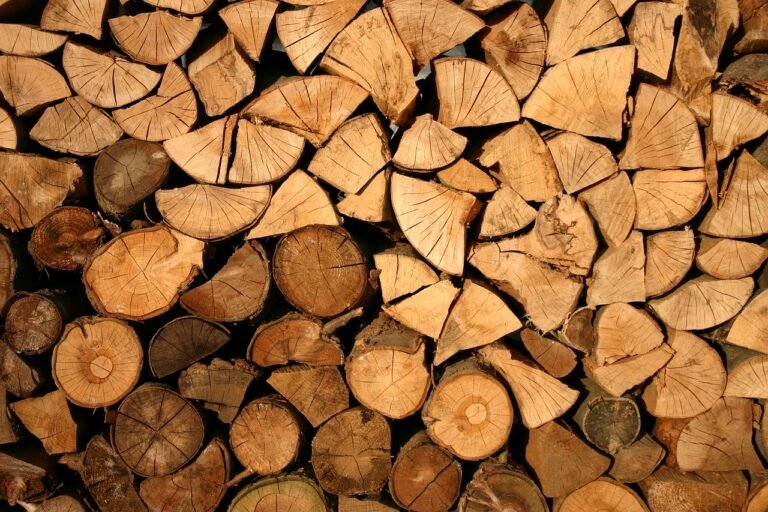Order Direct from the Manufacturer
How long do heat logs burn for?
Maximizing Efficiency: How Long Do Heat Logs Burn For?
How Long Do Heat Logs Burn For? In the ever-evolving world of sustainable heating solutions, heat logs have gained immense popularity. These compressed, eco-friendly logs are known for their clean-burning characteristics and convenience. One common question that arises when considering heat logs is, “How long do they burn for?” In this article, we’ll explore the burn time of heat logs and what factors can influence their efficiency.
Understanding Heat Logs
Heat logs, also referred to as compressed wood logs or eco logs, are manufactured from compressed wood fibers, often sourced from recycled wood materials. Unlike traditional firewood, they are free from additives and chemicals, making them an environmentally responsible choice for heating. These logs are cylindrical in shape, compact, and uniform in size, making them easy to handle and store.
Burn Time and Efficiency
The burn time of heat logs is a subject of interest for those considering them as a heating solution. The burn time of heat logs typically varies depending on several factors, including the type of heat log, its size, and the heating appliance used. However, in general, heat logs are known for their efficient and extended burn time.
On average, a single heat log can burn for approximately 2 to 3 hours. However, larger heat logs or those with a higher energy density may burn for even longer periods, often exceeding 3 hours. This prolonged burn time can be particularly advantageous, as it means less frequent refueling and more consistent heat output.
Factors Influencing Burn Time
Several factors can influence the burn time of heat logs:
1. Log Size: The size of the heat log plays a significant role in determining burn time. Larger logs typically burn longer than smaller ones. Manufacturers often produce heat logs in various sizes, allowing users to choose logs that best suit their needs.
2. Energy Density: Heat logs with a higher energy density contain more fuel per unit of volume. Logs with a higher energy density tend to burn longer and produce more heat. These are often the preferred choice for those seeking extended burn times.
3. Moisture Content: The moisture content of heat logs is minimal, making them burn efficiently. High moisture content can result in a shorter burn time as some of the energy is used to evaporate the moisture within the log.
4. Heating Appliance: The type of heating appliance used can influence the burn time of heat logs. Modern wood-burning stoves and fireplaces designed for use with heat logs are optimized for efficient combustion, which can extend the burn time.
Benefits of Prolonged Burn Time
The extended burn time of heat logs offers several benefits to users:
1. Convenience: Longer burn times mean less frequent refueling, providing convenience and hassle-free heating.
2. Cost-Effective: Using heat logs with extended burn times can reduce fuel consumption and ultimately lead to cost savings.
3. Environmental Impact: Heat logs produce minimal emissions and pollutants, and their extended burn time contributes to reduced carbon footprint.
4. Consistent Heat: With fewer interruptions for refueling, users can maintain a more consistent and comfortable indoor temperature.
Conclusion
Heat logs are a sustainable, efficient, and eco-friendly choice for heating. Their extended burn time, which often ranges from 2 to 3 hours, or even longer, makes them a desirable option for those looking to maximize convenience, cost savings, and environmental responsibility. Factors like log size, energy density, moisture content, and the heating appliance used can all impact the burn time of heat logs. With the growing interest in eco-friendly heating solutions, heat logs are proving to be a reliable and efficient choice for sustainable warmth and comfort.



